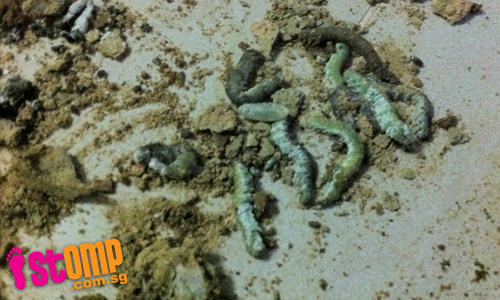
STOMPer Sin Trilogy says he found several wasp nests in his home. He is concerned that they are breeding right there in his flat.
The STOMPer wrote:
"Wasp breeding nest found inside HDB flat!
"This is in the Yishun area."
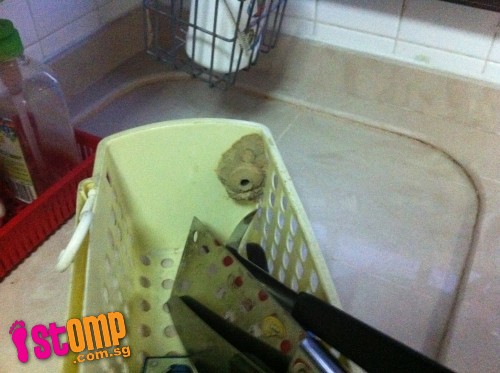
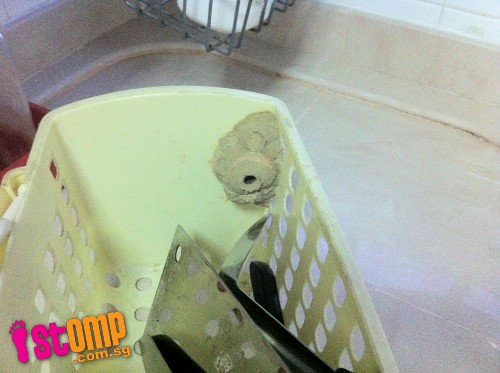
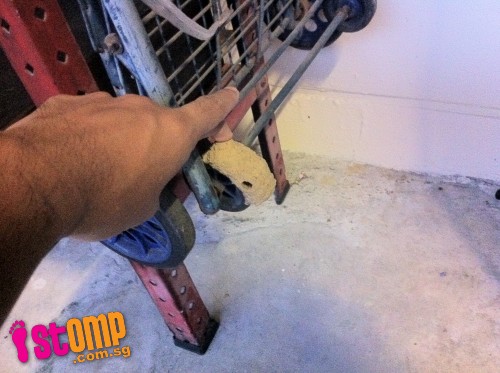

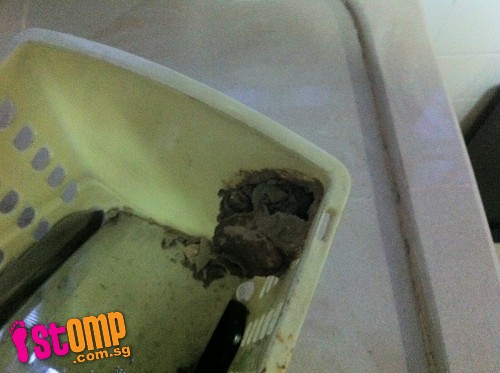

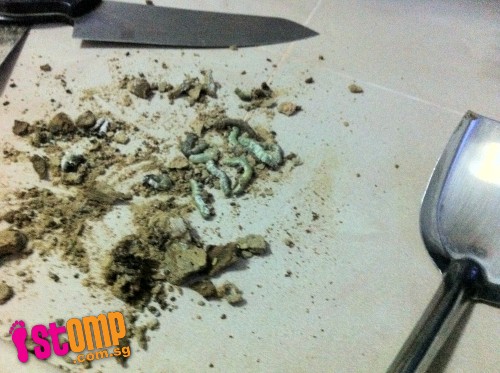
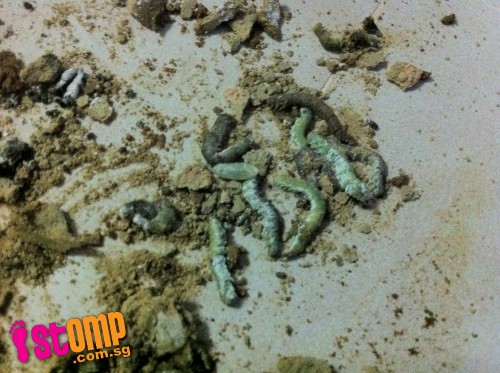
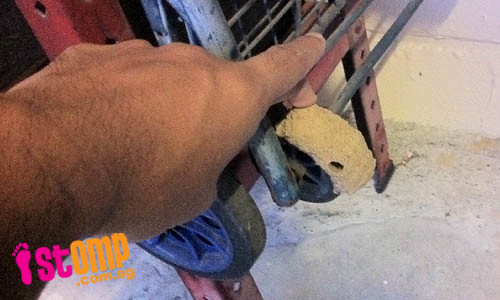
This resident seems to be panicking over what appears to be potter wasps (F. Vespidae, subfam. Eumeninae), which pose very little threat to humans.
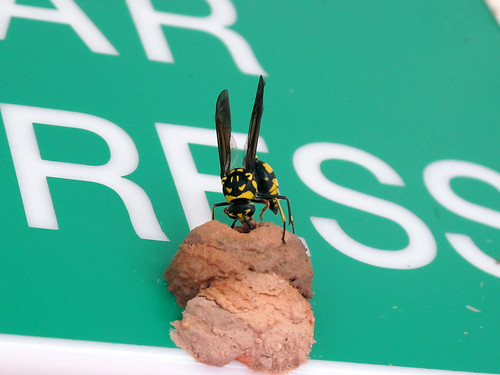
A potter wasp species that can be found in Singapore is Phimenes flavopictus. Here a female can be seen building a nest out of mud, more on that later;
(Photo by Siyang)


The wasps in these photos have also been identified as Phimenes flavopictus;
(Photos by John Lee)

Another species found in Singapore has been identified as Rhynchium haemorrhoidale;
(Photo by John Lee)

This Delta potter wasp is locally common, but has not been identified to the species level;
(Photo by John Lee)




A fourth local species has been tentatively identified as Delta campaniforme;
(Photos by John Lee)
Due to a lack of sufficient photos of local potter wasps, the rest of this post will feature photos of potter wasps from all around the world, although it is purely for illustrative purposes and local potter wasp nesting behaviour should be similar, if not identical, to what is depicted in the following images.
Unlike their relatives, the polistine and vespine wasps, which live in colonies and will attack and sting any perceived threats to the nest, potter wasps are completely solitary. In many species, a female potter wasp will visit a patch of soil and regurgitate water, which she then uses to make a small ball of mud. She carries this off and finds a suitable spot to create a small nest, attached to a hard surface, usually in a shaded area. She makes many trips to and fro, adding a bit of mud to the nest every time. When complete, the nest often looks just like a tiny earthenware pot, with a small opening at the top.

(Photo by Greg Miles)

(Photo by RComont2010)
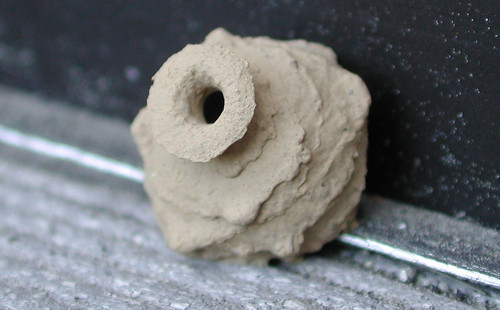
(Photo by LooknFeel)
Should a female potter wasp decide to build her nests inside a building, she will often choose to place them on walls, or in the corner of the ceiling.
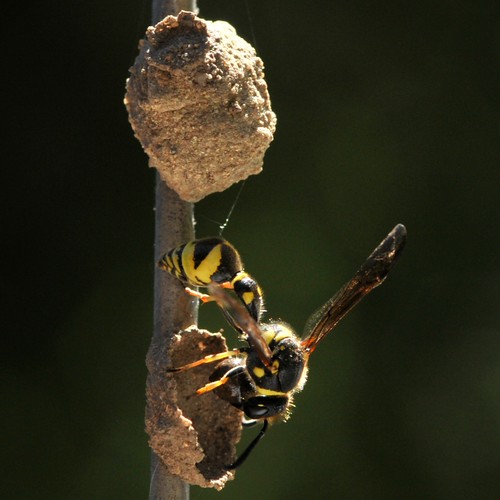
(Photo by Treebeard)
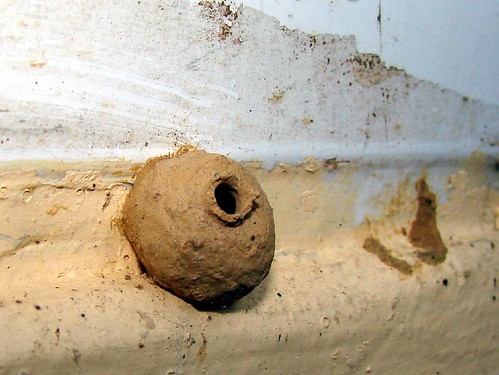
(Photo by Hesperia2007)
One female may create several separate 'pots'.
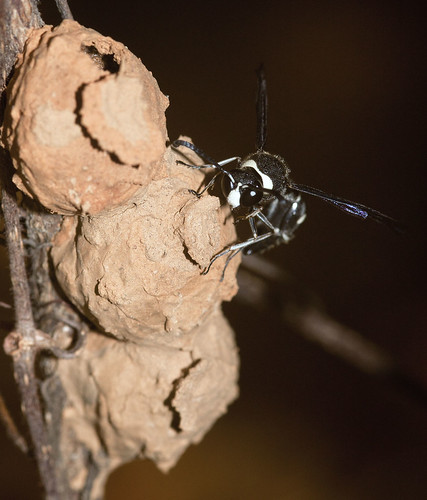
(Photo by Josh Beasley)
The potter wasp then goes off in search of prey. Hunting down caterpillars, beetle larvae, or spiders, she stings each victim, paralysing it but keeping it alive. She then hauls each victim to the nest and shoves it inside. By doing this over and over again, she fills up each pot with a stockpile of prey, all of them incapable of anything more than the occasional twitch. She will also lay an egg inside the nest; the caterpillars are not meant for her own consumption, but for her own young.

(Photo by gentoo2)

(Photo by Kurt (orionmystery.blogspot.com))
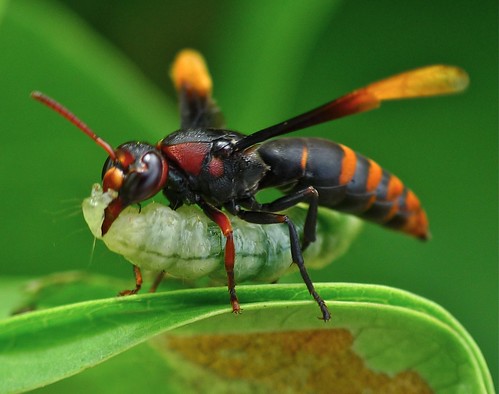
(Photo by jameskkmok)
Once the egg has been laid and the nest has been filled up with food, the female seals up the entrance.

(Photo by LooknSee)
Upon hatching, the potter wasp larva finds itself with a ready supply of fresh, helpless prey. And so it feeds, with no further care being provided by the adult wasp. She has already worked hard in building the nest and provisioning the larder, and does not hang around to check on her larvae. The wasp larvae eventually mature, pupate, and break out of the nests as fully adult wasps.
In this particular video, the nest of a potter wasp has been opened, revealing the paralysed caterpillars within, and a potter wasp larva busily feeding. It's hard to empathise with insects, but the thought of having something on your back slowly eating you alive while you're completely helpless is pure nightmare fuel.
Unlike the larvae however, adult potter wasps feed on nectar.
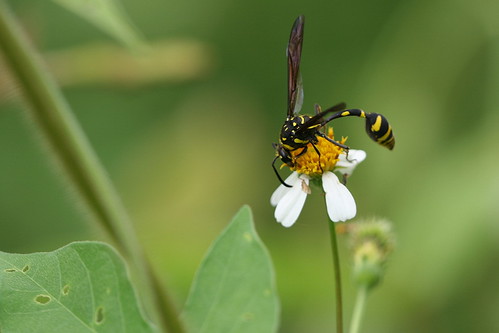
(Photo by phormosa)
Alex Popovkin from Brazil has an excellent series of photos documenting the nesting process of a South American potter wasp known as Zeta argillaceum. Some of these photos are shown here.
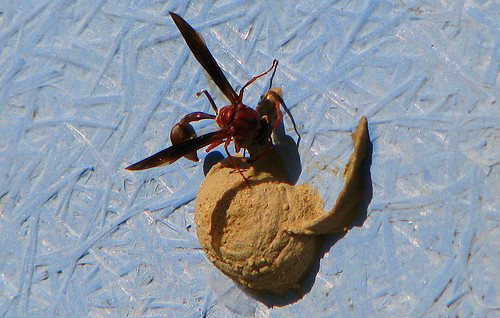
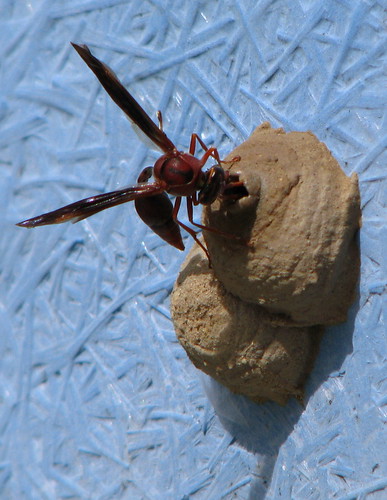
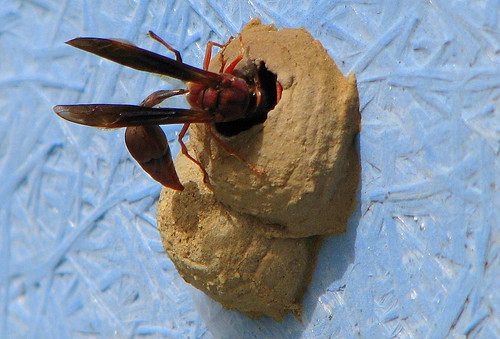

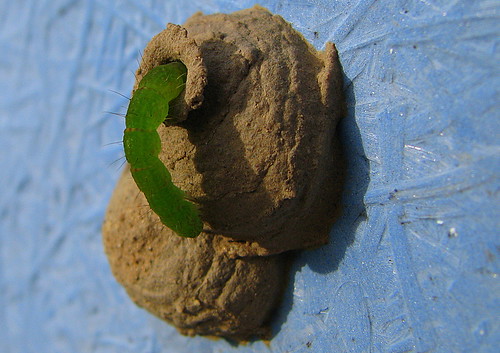
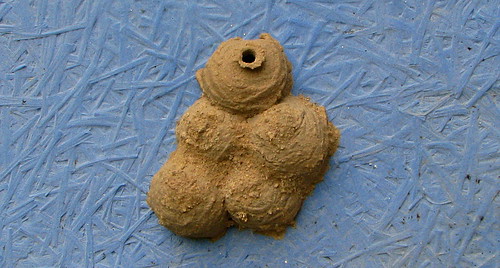
(Photos by Alex Popovkin)
Some species of potter wasps don't use mud to create their nests, but instead make use of holes and crevices.
Such a lifestyle, in which a solitary wasp makes a small nest out of mud, then delivers paralysed prey to feed her young, is seen in another group of wasps, the mud-daubers (subfam. Sceliphrinae) from the family Sphecidae. Other groups of wasps tend to dig burrows, dragging their paralysed victim(s) down the hole before laying an egg and sealing it up; these include the spider-hunting wasps (F. Pompillidae) and digger wasps (F. Sphecidae, subfam. Sphecinae).
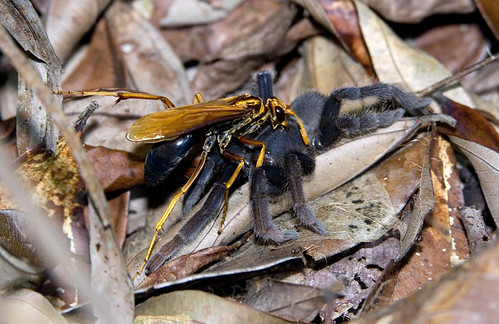
Pompillid wasp with tarantula prey;
(Photo by Marcus)
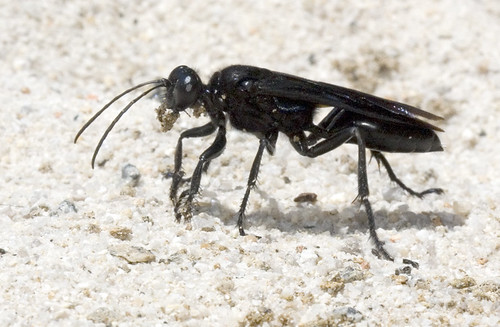
Digger wasp (Sphex sp.);
(Photo by Marcus)
Do potter wasps pose any threat to people? According to John Lee,
Potter wasps are totally harmless to humans, and should never be killed; they are important for pest control in gardens and farms! A potter wasp can sting, but ONLY if she is squeezed or handled roughly with bare hands! A potter wasp will not attack on her own accord, not even if disturbed in the process of building her nest; indeed, many such disturbed individuals simply abandon the nest site! Potter wasps are also interesting and magnificent creatures, and provide great observation to interested people. Personally I feel that even if one is allergic to wasp stings, there is no need to remove them from the area, as would be necessary with social wasps. To avoid being stung by them, simply do not touch them.Of course, some may find the nests to be unsightly, and insist on not allowing these insects to nest in one's home. In these cases, if a female is still in the process of building the nest, she can be readily dissuaded and chased off. The nests can be destroyed with very little threat to personal safety, and the remaining mud stains scraped off or rubbed off with a wet towel. In fact, that's what appears to have happened in the original STOMP submission; the potter wasp nests have been broken open and what we see in the photos are not wasp larvae but the caterpillars which were meant as food for the young potter wasps.
It's unfortunate that when it comes to wasps, most people have the erroneous assumption that they are all like hornets, when in fact, solitary nesting behaviour is the norm; it is the eusocial species like hornets and paper wasps that are in the minority. When dealing with potter wasps, there's certainly no need to panic and worry about swarms of angry insects attacking you.